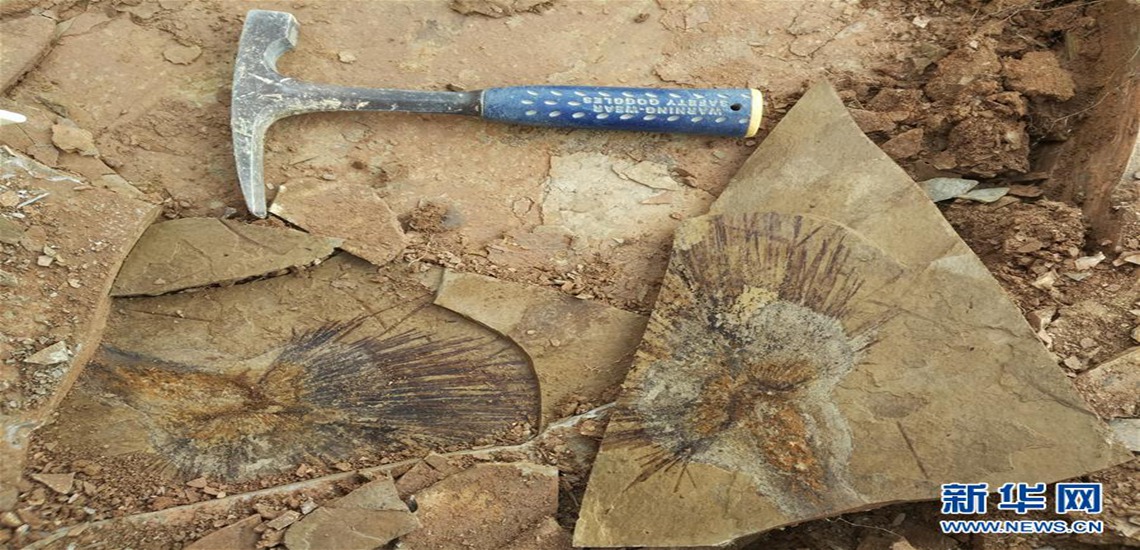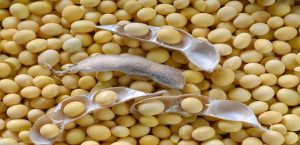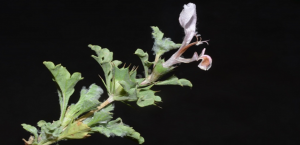Abstract:
Tibetan uplift, the most prominent orogenesis during the Cenozoic, profoundly altered Asian monsoon system and dramatically changed ecosystem and plant diversity in East Asia, yet the link between Tibetan orogeny and vegetation/biodiversity changes is unclear due to very few studies exploring the orogenic impact on vegetation and none on biodiversity. In this work we are revealing a first direct mechanism that explicitly links Tibet orographic evolution with vegetation and plant diversity changes in East Asia, by integrating modelling results and paleobotanical data. We conduct 18 sensitivity experiments using HadAM3 climate model based on the Late Oligocene topography and then use the simulated climate data to drive vegetation and biodiversity models. We found that Tibet uplift have profound effects on vegetation and plant diversity change (from the Paleogene to Neogene) by reconfiguring monsoon patterns and intensifying both summer and winter precipitations. Winter precipitation may play as a key factor which affects the vegetation and biodiversity of East Asia. The north-east part of the Tibet is much more important than other part of the Tibet in controlling the climate and vegetation, supporting the theory that the Tibet may uplift and growth north-eastward.
Speaker: Dr. Shufeng Li
Affiliation: XTBG
Time: Jul. 6, 2021
Venue: The Conference Hall in Xishuangbanna Headquarter
The 101 meeting room in Kunming Division (video conference)
Link链接: https://pan.baidu.com/s/1iCb-w0XLxcpBWsF6ddRsSg 提取码: pdb7
瞩目ZHUMU
会议 ID:135 871 8714
会议密码 PWD:666666
国内用户下载地址Download address for domestic users:https://zhumu.com/download
国际用户下载地址Download address for international users:https://zhumu.com/download-intl



